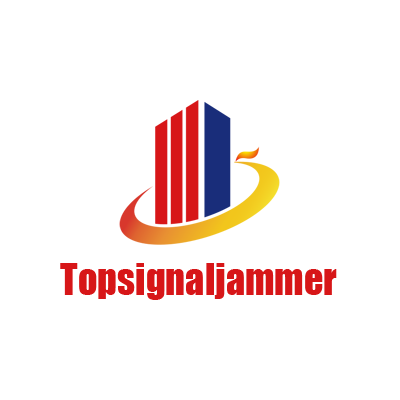Detailed explanation of the signal identification displayed by the current mobile phone signal.
1. Signal identification: G
The full name of G is GPRS, which belongs to the 2.5G network. It is a mobile data service available to GSM mobile phone users, and it is also the earliest wireless network transmission method.
2. Signal identification: E
E is the abbreviation of EDGE (Enhanced Data Rate for GSM Evolution) enhanced data rate GSM evolution technology, which is a transition technology from GSM to 3G. The speed is a little faster than GPRS, and it is a 2.75G network. In the first few years of smartphones, E was the most mainstream mobile wireless network transmission method.
3. Signal identification: 3G
3G means ordinary 3G network, the network speed is faster, the theoretical download speed is 3.6Mbps.
There are three types of domestic 3G networks: China Mobile's TD-SCDMA, China Unicom's WCDMA, and China Telecom's CDMA2000.

4. Signal identification: T
T stands for TD-SCDMA, which is China Mobile's 3G network. It is the third-generation mobile communication standard (referred to as 3G) proposed by China, and one of the three 3G standards approved by the ITU.
5. Signal identification: H
H full name: HSDPA (High-Speed Downlink Packet Access) high-speed downlink packet access, which is an upgraded network of 3G and belongs to 3.5G network. The theoretical maximum rate of downlink data services can reach 14.4Mbps.
6. Signal identification: H+
H+ is an enhanced HSPA+ (High-Speed Packet Access+) enhanced high-speed packet access technology of HSDPA. It belongs to a 3.75G network and can achieve a maximum downlink speed of 42Mbps.
7. Signal identification: LTE
LTE (Long Term Evolution, Long Term Evolution) is the long-term evolution of the universal mobile communication technology, and belongs to the 3.9G network.
8. Signal identification: 4G
4G is the abbreviation of the fourth generation of mobile communication technology, and the theoretical transmission rate can reach up to 100Mbps.
At present, there are five 4G standards: LTE-Advanced (TD-LTE), WirelessMAN-Advanced, WIMAX, HSPA+, and LTE (FDD-LTE and TDD-LTE).
China Mobile's 4G standard is TD-LTE.
The 4G standards of China Unicom and China Telecom are FDD-LTE and TDD-LTE.
Cell phone jammer can block 2/3/4/5g cell phone signal and GPS/wifi/drone signal.

